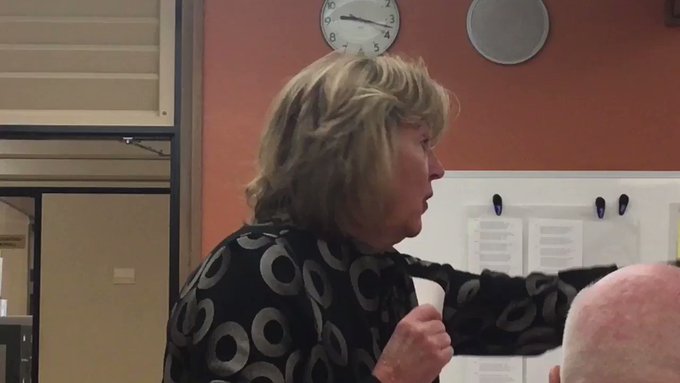Oh No! Senate Bill 50 passes the CA Senate Housing Committee!
We are extremely disappointed to announce that Senate Bill 50 (Wiener) passed the California Senate Housing Committee today, with a 6 (Aye) to 1 (Nay) vote. Four Senators (Senators Durazo, Umberg, Wieckowski, and McGuire) left the room and did not vote. The only Senator that voted "Nay" was Senator Patricia Bates. Senator Bates spoke at length about her career in South LA and other low income areas as a social worker and said that SB-50 would seriously augment gentrification and displacement of existing residents.
Here's the break down...
Senate Housing Committee Members and how they voted on Senate Bill 50:
Senator Scott D. Wiener (Chair): Aye
Senator Mike Morrell (Vice Chair): Aye
Senator Patricia C. Bates: Nay
Senator Anna M. Caballero: Aye
Senator Maria Elena Durazo: Didn't vote
Senator Mike McGuire: Didn't vote
Senator John M. W. Moorlach: Aye
Senator Richard D. Roth: Aye
Senator Nancy Skinner: Aye
Senator Thomas J. Umberg: Didn't vote
Senator Bob Wieckowski: Didn't vote
Moreover, the Senate Housing Committee also approved two other housing bills, SB-4 "Housing" and SB-5 "Affordable Housing and Community Development Investment Program", both of which were introduced by Senators McGuire and Beall.
SB-4, 5 ayes, 1 no
SB-5, 6 ayes, 1 no
SB-50 "
Planning and Zoning; Housing Development: Incentives"
(Wiener) requires a local government to grant an equitable communities incentive, which reduces specified local zoning standards in “jobs-rich” and “transit rich areas,” as defined, when a development proponent meets specified requirements. Click
HERE to read the Senate Housing Committee Analysis of SB-50. (Click on 03/28/19 - Senate Housing) Also, please scroll down to read a previous email we sent that gives a brief description of the bill.
SB-4 "Housing" (McGuire & Beall) creates a streamlined approval process for eligible projects within 1⁄2 mile of fixed rail or ferry terminals in cities of 50,000 residents or more in smaller counties and in all urban areas in counties with over a million residents. It also allows a streamlined approval process for duplexes and fourplexes, as specified, in residential areas on vacant, infill parcels. Click
HERE to read the Senate Housing Committee Analysis of SB-4. (Click on 03/28/19 - Senate Housing)
SB-5 "Affordable Housing and Community Development Investment Program" (McGuire & Beall) creates the Affordable Housing and Community Development Investment Program, which funds affordable housing and housing-related infrastructure.. The bill establishes a replacement tool for redevelopment agencies through a state and local partnership funding mechanism to create affordable housing. Please click
HERE to read the Senate Housing Committee Analysis of SB-5. (Click on 03/28/19 - Senate Housing)
SB-50, SB-4, and SB-5 will continue to be refined and head to the CA Senate Governance and Finance Committee. The Governance & Finance Committee will vote on the bills on April 24th. Our representative, Senator Mike McGuire, is Chair of the Senate Governance and Finance Committee.
Members of the California Senate Governance and Finance Committee:
Website for the Senate Governance and Finance Committee:
ACTIONS TO TAKE
We are focusing our opposition on SB-50, which is especially bad and a significant threat to local control, democracy, and public engagement. . (Although, you may also want to oppose SB-4 at the same time you oppose SB-50.) We have not really analyzed SB-5.
Please do the following:
1. Contact Senator Mike McGuire, express your disappointment that he did not oppose SB-50 when the Housing Committee voted on the bill, and ask him to lobby against the bill as it progresses to the Senate Governance and Finance Committee. Office of Senator McGuire - Tel: (916) 651-4002, Email:
senator.mcguire@senate.ca.gov
2. Write to your local representatives (Marin County Supervisors and City Council Members) and ask them to write letters of opposition to Senate Bill 50. Marin County Board of Supervisors -
bos@marincounty.org
3. Contact the other Senate Governance and Finance Committee Members and urge them to oppose SB-50. (Click on their names above for contact information)
Thank you in advance for taking action. Together we can make a difference!









